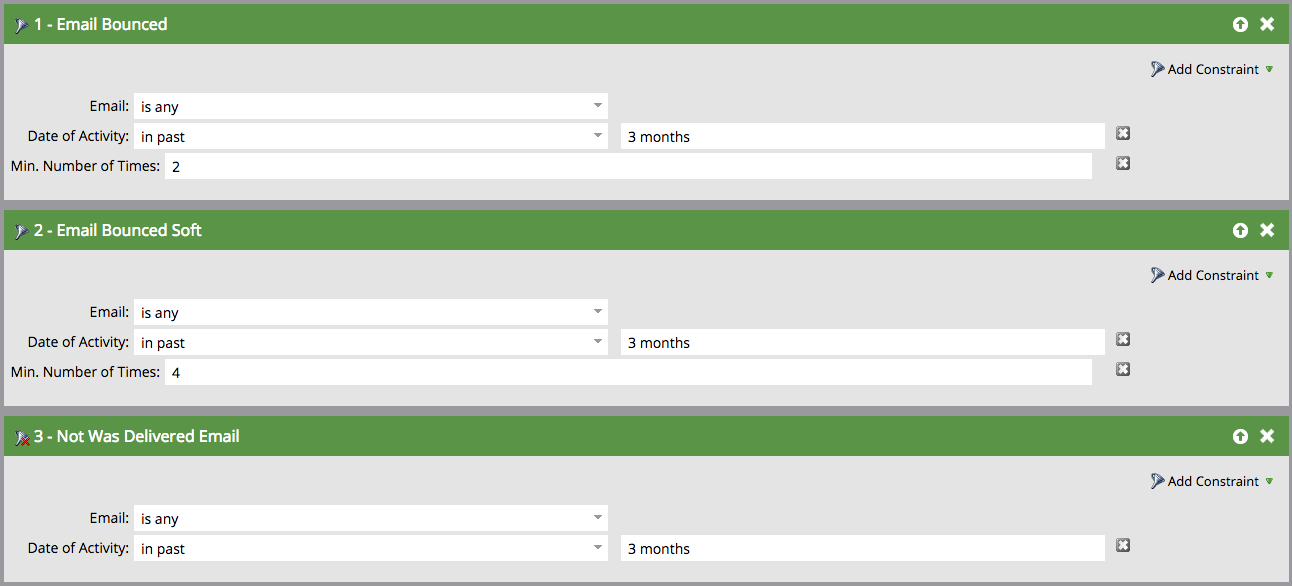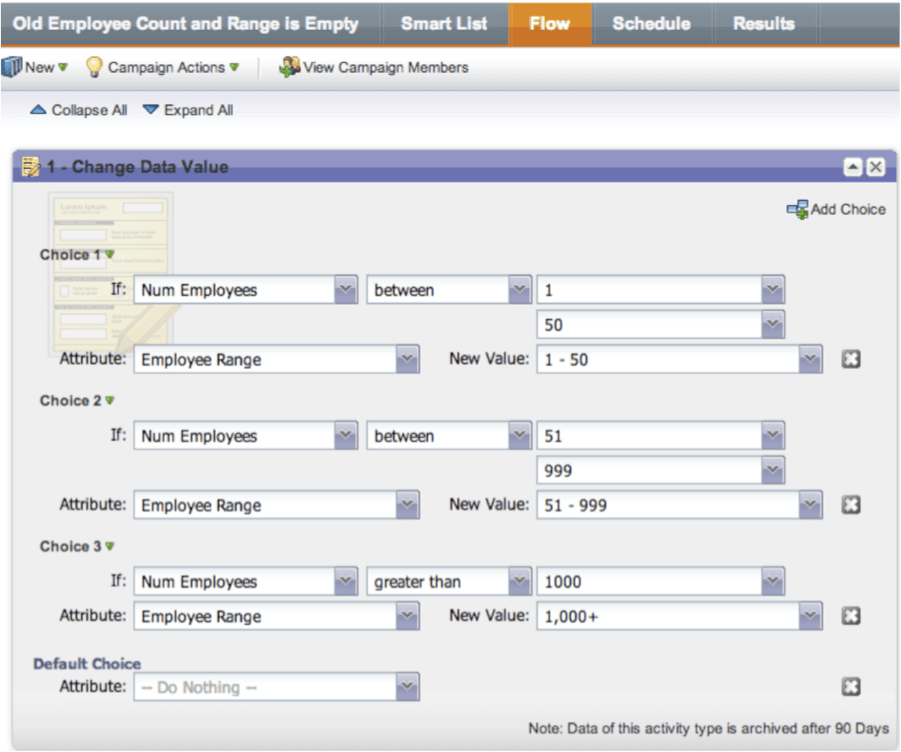5 Ways to Keep your Marketo Database Sparkling Clean
We’ve all seen the horrifying numbers showing how quickly your Marketo database can corrode and how much it can cost you. For those of you living under a rock for the past several years, let’s get you caught up. MarketingSherpa research shows B2B data decays at a rate of 2.1% per month, which is an annualized rate of 22.5%. SiriusDecisions research concludes it costs $10 to clean and dedupe a record in your system, but $100/record if you simply leave that bad data in your database. When you consider that 37% of email addresses change annually, it’s easy to feel like you’re fighting the database cleansing tide.
Unfortunately, these are just facts of a marketers life. People leave jobs, email addresses change, duplicates creep into your system, and sometimes data is just bad. As the night watchman to your Marketo database, it’s your job to make sure bad data is purged from the system before it does harm. It’s an uphill battle worth fighting, and here are a few tips to leverage along your path to data purity.
1. Kick hard bounces to the curb – While Marketo will mark some hard bounces as “email invalid”, they do not invalidate all hard bounces. Hard bounces generally never return from the abyss, so it’s safe to cease sending emails to these folks. In fact, it’s a good practice to stop emailing addresses that hard bounce. The more hard bounces you receive, the higher the likelihood that you’ll get blacklisted.
2. Be patient with soft bounces…but not too patient – Due to the volatility of soft bounces, they earn a little more wiggle room than their hard bounce brethren. Still, at some point you have to stop giving the benefit of the doubt to the email address and assume that you won’t be getting your message out to that address.
The most elegant solution to fixing both of these issues is with one smart campaign. Set the advanced logic filter to (1 or 2) and 3:
Set the flow to “Change Data Value” to “True”:
You should adjust the date of activity depending on the frequency of the emails you send. If you send frequent emails, you should shorten the date of activity. If you aren’t sending many emails out, you should elongate it.
3. Make merging part of your daily routine – When presented with duplicates, always opt to merge them over deleting them. Merging allows you to retain specific information from each record and combine them into one record. Simply navigate to your lead database, head to the “Possible Duplicates” section of the “System Smart Lists”, and sort the leads by email address. Making this part of your daily or weekly routine will stop you from running into a situation like this:
If you end up (or start with) a situation where there are too many duplicates to manually merge all of them, your options become limited. Marketo offers a paid service called EasyMerge. It costs $2500 for a database under 250K ($5000 for anything larger), and it entails you working closely with a Marketo Consultant to define the rules of the dedupe process. Another option would be to merge the leads in your CRM with a tool like DemandTools. You can then run a simple smart campaign deleting all leads in Marketo that were also deleted in your CRM. Unfortunately there are not a ton of great options for this situation, which is why staying on top of your duplicates is such a vital task.
4. Use automation to correct data values – Josh Hill wrote a fantastic blog post titled “How to Clean up Your Marketo Database”, and one of the better parts of the post outlined how to use automation rules to correct data values. It’s a fantastic way to unify information, like inferred country/state into the correct abbreviation for your CRM, email invalid to email is good if email is changed, employee count corrector, etc.
It’s a great way to make sure leads aren’t falling through the cracks and missing out on smart campaigns because their information isn’t matching the rest of your database.
5. Don’t upload bad data! Sounds simply enough, right? Every list you upload is full of mines that you must navigate through. Make sure all data is unified (proper spelling and abbreviations), mapped to the right fields, run against your current database, deduped prior to uploading, sourced from a valid lead source (please don’t buy lists!), and finely segmented so you can hit them with the appropriately targeted messaging. One bad list upload can unravel months of database scrubbing, so while this is a “Duh! No kidding!” bullet point, it’s also the one that can get you into the hottest water the quickest. Take your time with your list uploads!
These are just 5 simply ways to maintain your database integrity. It may not be glamorous, but it’s a necessary evil if a business is to maximize their marketing budget. If you have any other Marketo database cleaning tips or techniques, please leave them in the comments section below!




